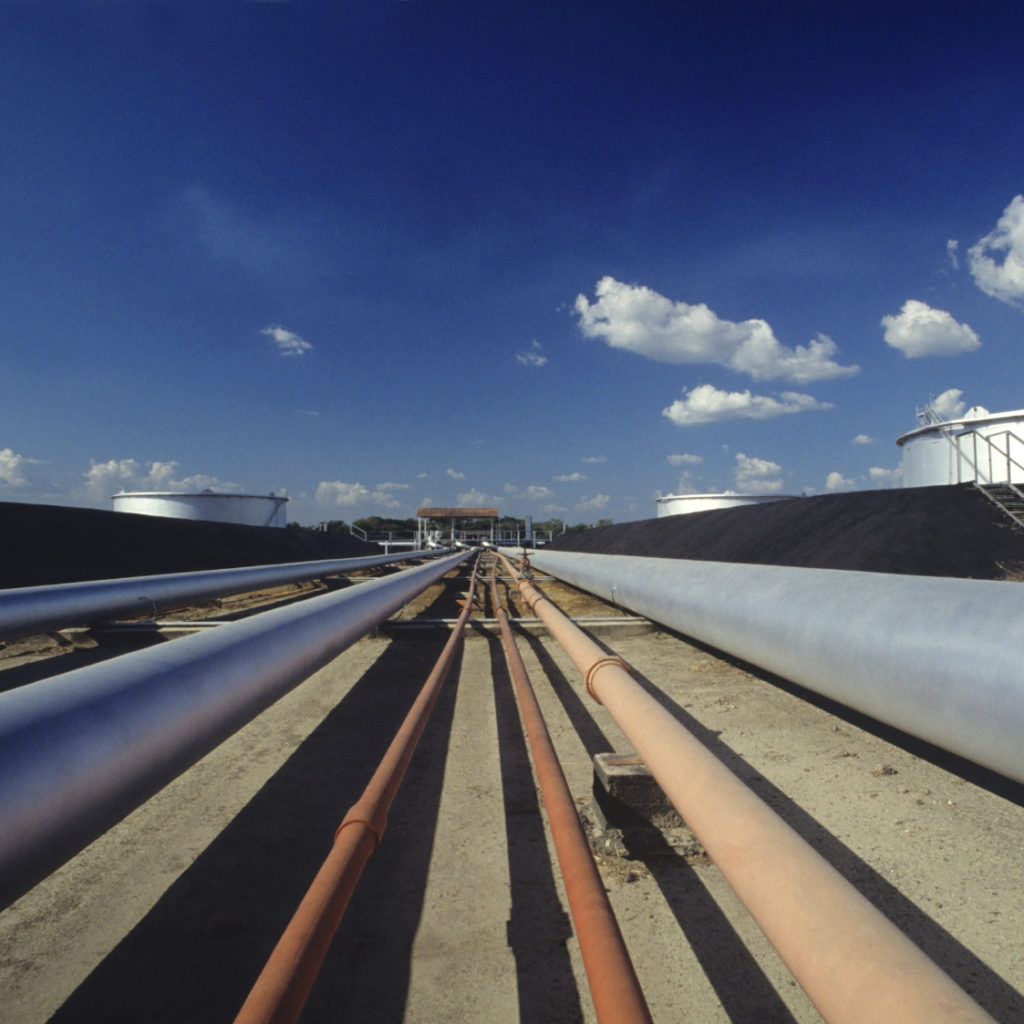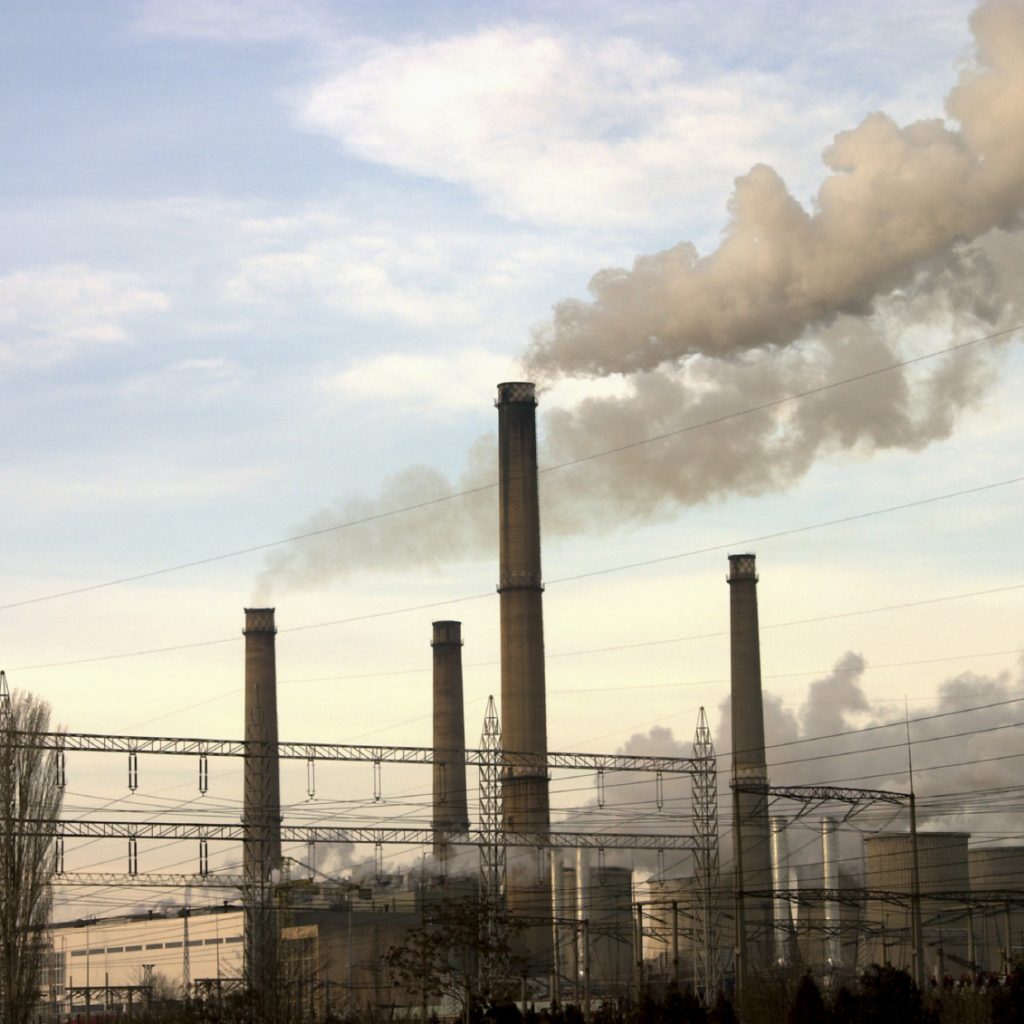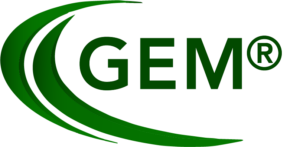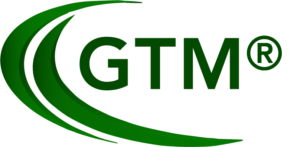Greenmont Energy Consulting, LLC offers modeling and consulting services with a primary focus on coal, natural gas, nuclear and renewable energy markets as well as power generation and transmission.
“Whether you are a risk manager, fuels buyer, or coal producer, our “hands-on” industry experience allows us to offer energy solutions and analyses that will help you achieve optimal business strategies.”
What We Do
We strive to deliver comprehensive and accurate forecasts of the ever evolving energy markets as they pertain to a wide range of industries. We also provide advisory, data and expert witness testimony services to both public and private clients in the energy sector, including utilities, mining companies, railroads, consulting firms, government entities and law firms.
How We Do It
Greenmont Energy’s flagship products, the Greenmont Energy Model (GEM®) and Greenmont Transportation Model (GTM®), utilize unit-by-unit integration to reflect real world results rather than traditional top-down trend-based modeling. Our suite of optimization models is used for base case forecasting, scenario analysis and infrastructure disruption simulations as they pertain to energy markets.
The GEM® includes all power plants, regardless of fuel type, in the U.S. and Canada; however, when it comes to coal-fired power plants, the model level of detail is unique. The coal-fired plants are modeled on a unit-by-unit basis, providing the most specific results of any U.S. domestic steam coal markets model available. At this distinctive level of detail both on the coal supply side and on the coal- fired unit demand side, this model is the only one of its kind yielding such granular quantitative results which are truly optimized on a unit-level basis and in a fully integrated fashion.
The GTM® models all rail and barge transportation routes for coal and sorbents with the capability to model additional commodities in the United States with specialized algorithms for transportation beyond the United States, including Canada. This allows a fine level of prediction of the routes and economics of transportation of any commodity including coal and sorbents for any scenario. GTM® allows for the dynamic costing of the transportation network and is also used to model coal supply disruptions as a result of physical and economic events.
It is the unique combination of GEM™ and GTM™ that allows us to tackle large scale coal transportation and disruption analyses as well as coal traffic flow across various river systems with lock and dam closure implications.
The GEM®+GTM® modeling suite is an optimization based forecasting platform that allows users to generate base cases and scenario simulations (such as increased exports, environmental regulations and increased gas production) across various time horizons. The model calculates the unique combination of a large number of parameters that achieves the lowest cost of electricity generation in the United States for a given amount of electricity demand. It uses both linear programming and mixed integer programming optimization techniques and thus can be characterized as an LP/MIP optimization model. GEM® simultaneously solves 84 time blocks for a single year (six seasons times 14 time zone combinations for time-of-day load distribution). Since all of this is done simultaneously, it means that in one single module of computation, optimal co-dependent values are determined for all of the varying parameters including, among others:
- Amount and type of fuel choice by unit;
- Level of each unit’s dispatch;
- Environmental clean-up decisions between new equipment, fuel switching, and allowance purchasing;
- Location, amount, and type of new generation capacity;
- Retirement of existing units;
- Amount of economically justified mining capacity expansion for each cost level for each type of coal;
- FOB coal mine prices;
- Natural gas prices and volume
- Wholesale electricity prices; and
- Pollutant allowance prices.
The model carries forward results from each previous year, so that in a succeeding year, the correct amount of (1) generation capacity by type, (2) mining capacity and remaining reserves by type and cost level, and (3) clean-up capacity for each pollutant are available. All of the varying parameters are output by the model in database tables. Many of the key outputs are aggregated upward to regional and national totals which are automatically graphed across years.



















